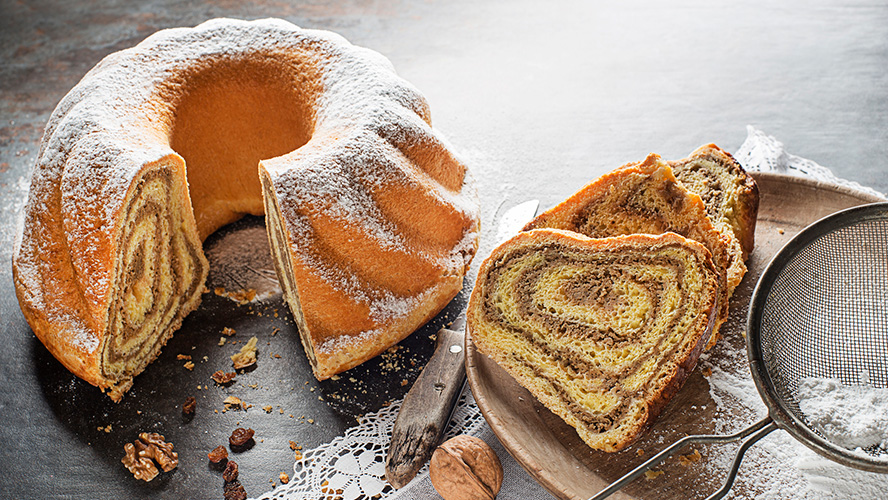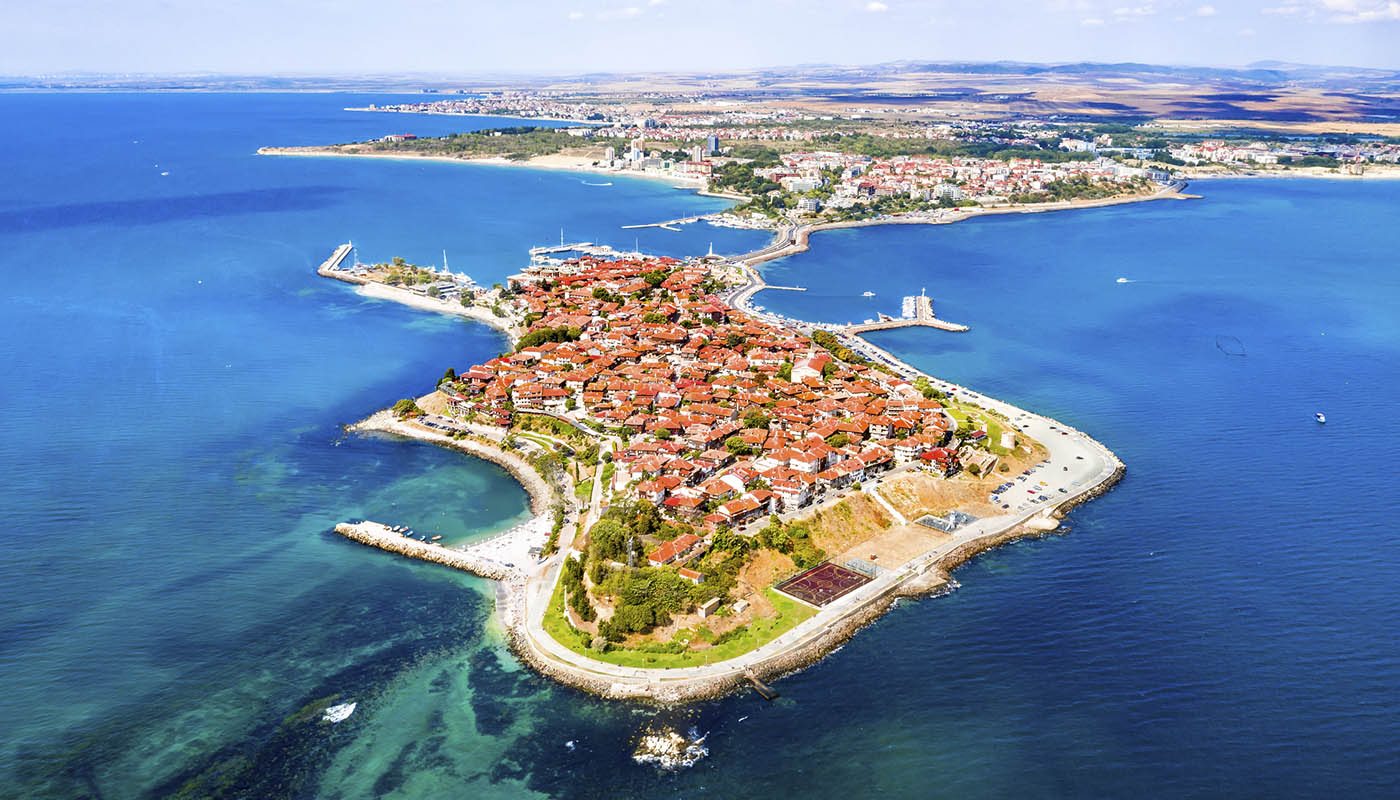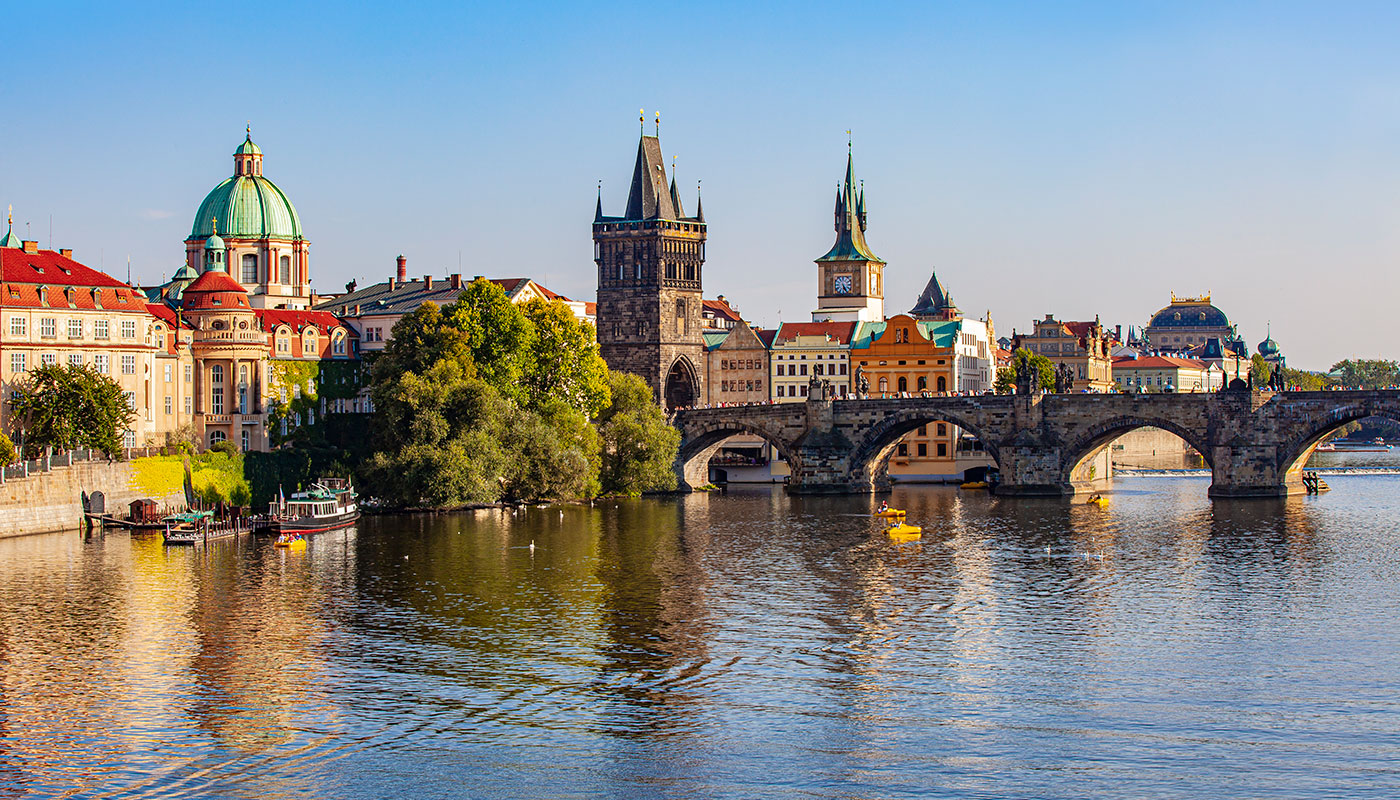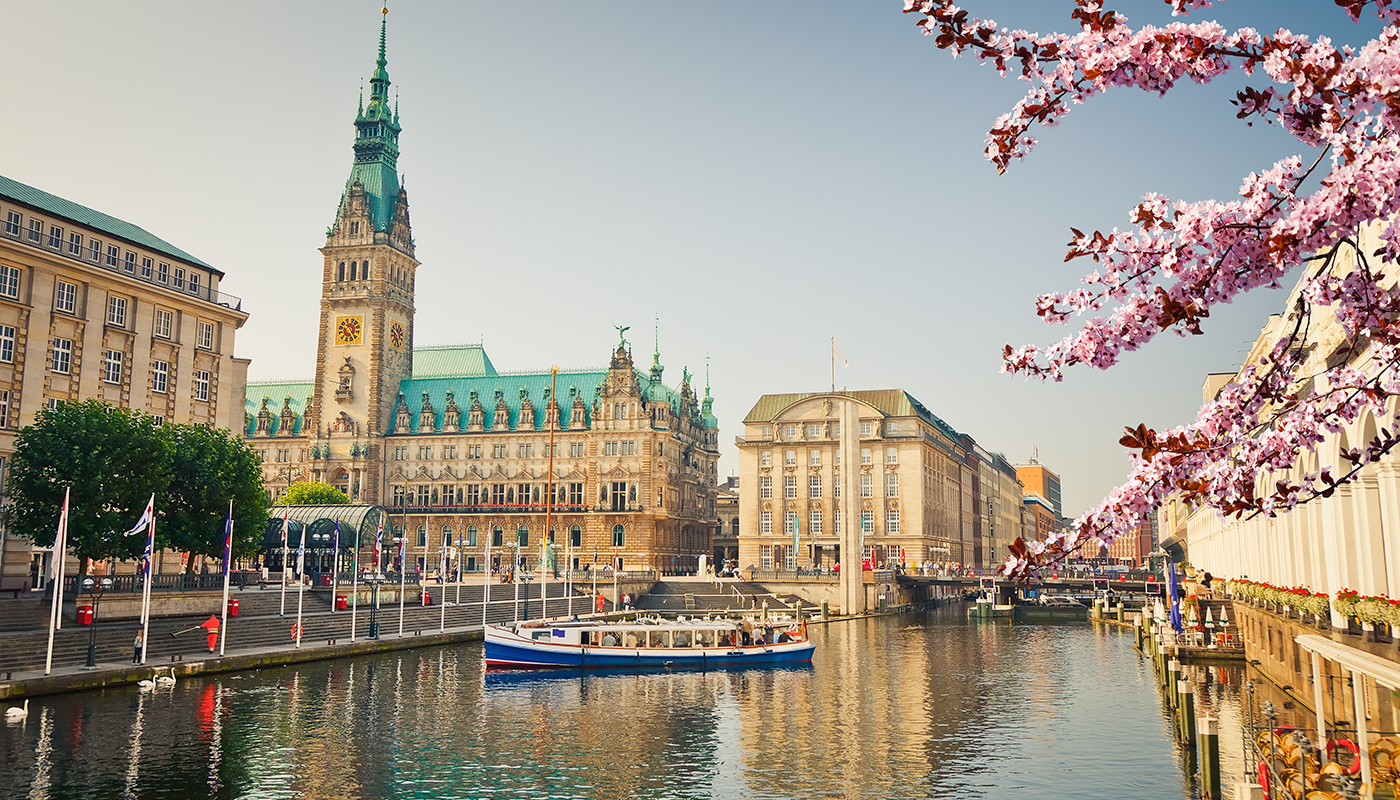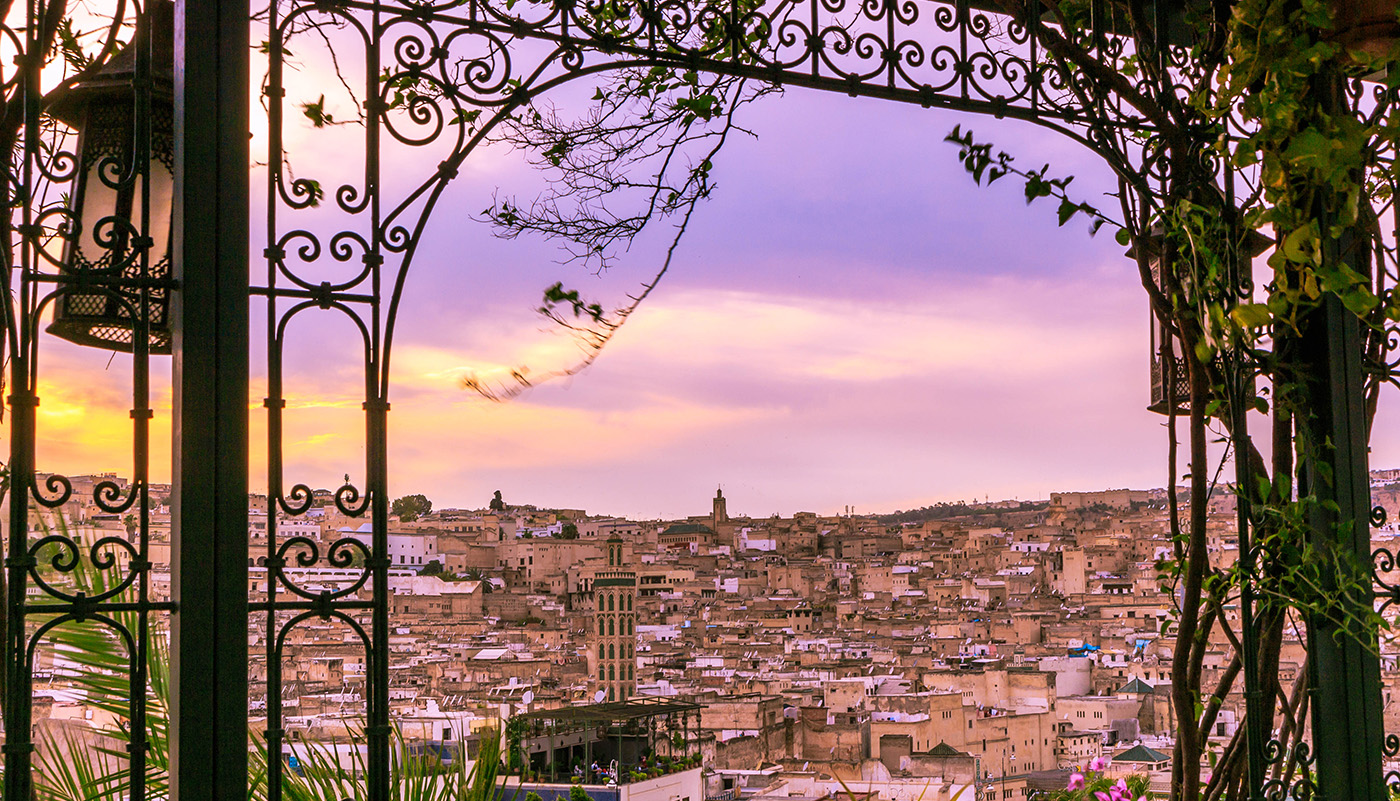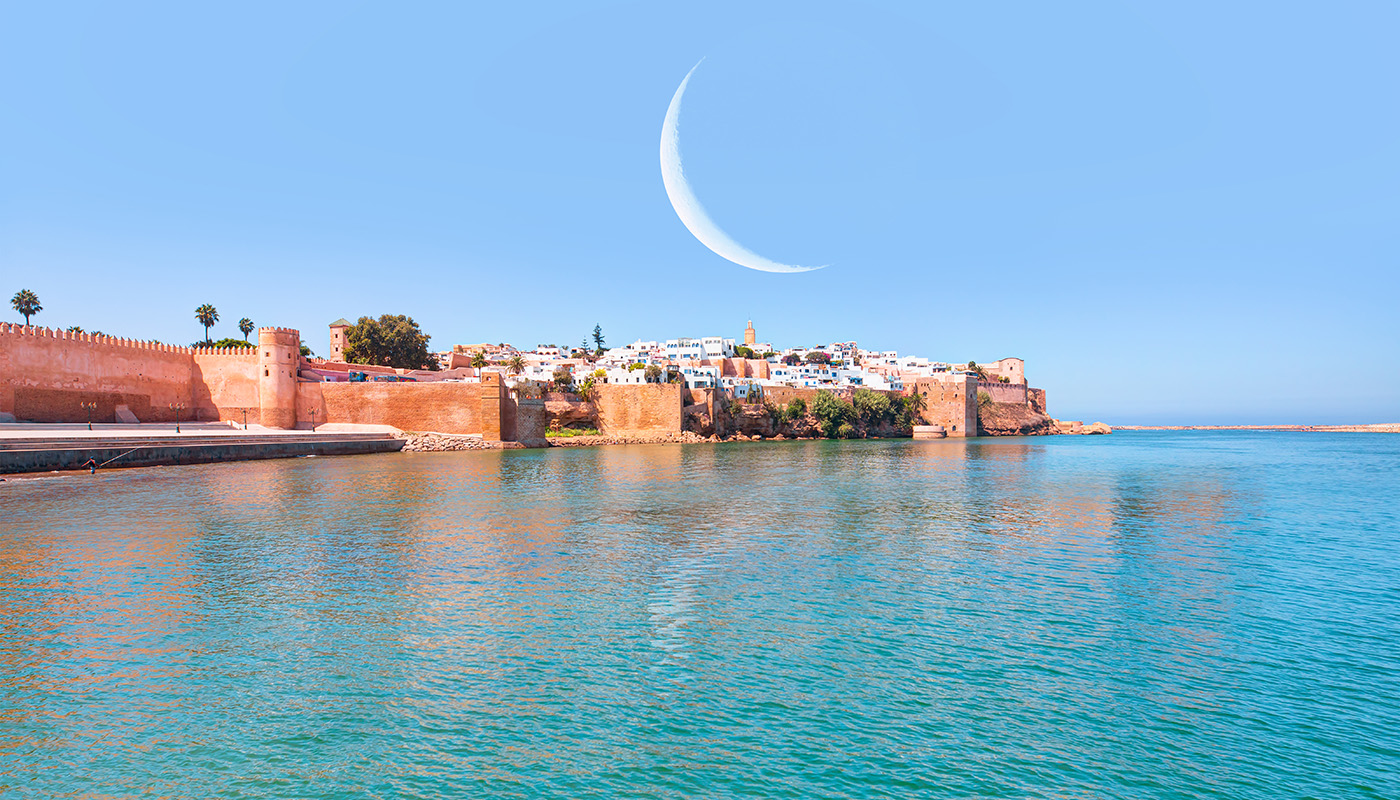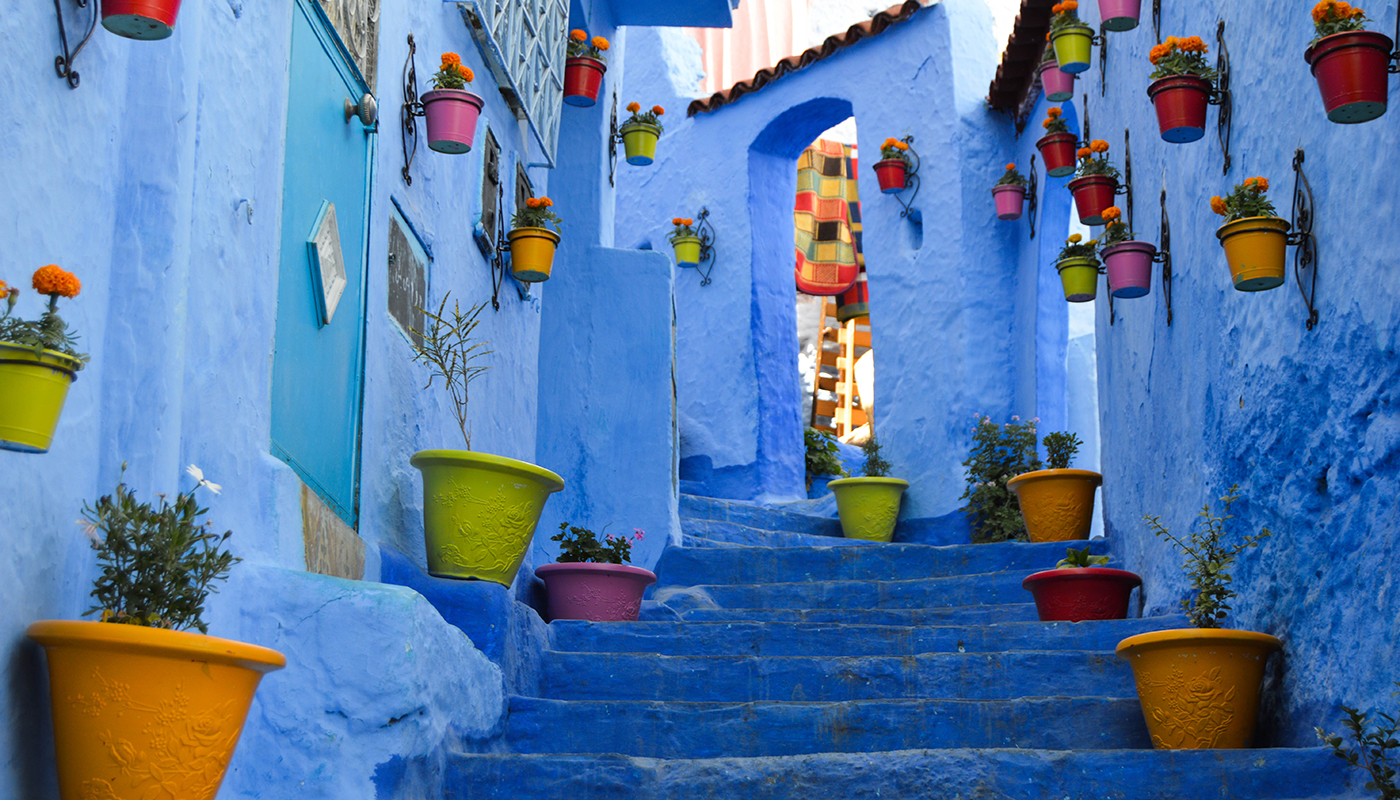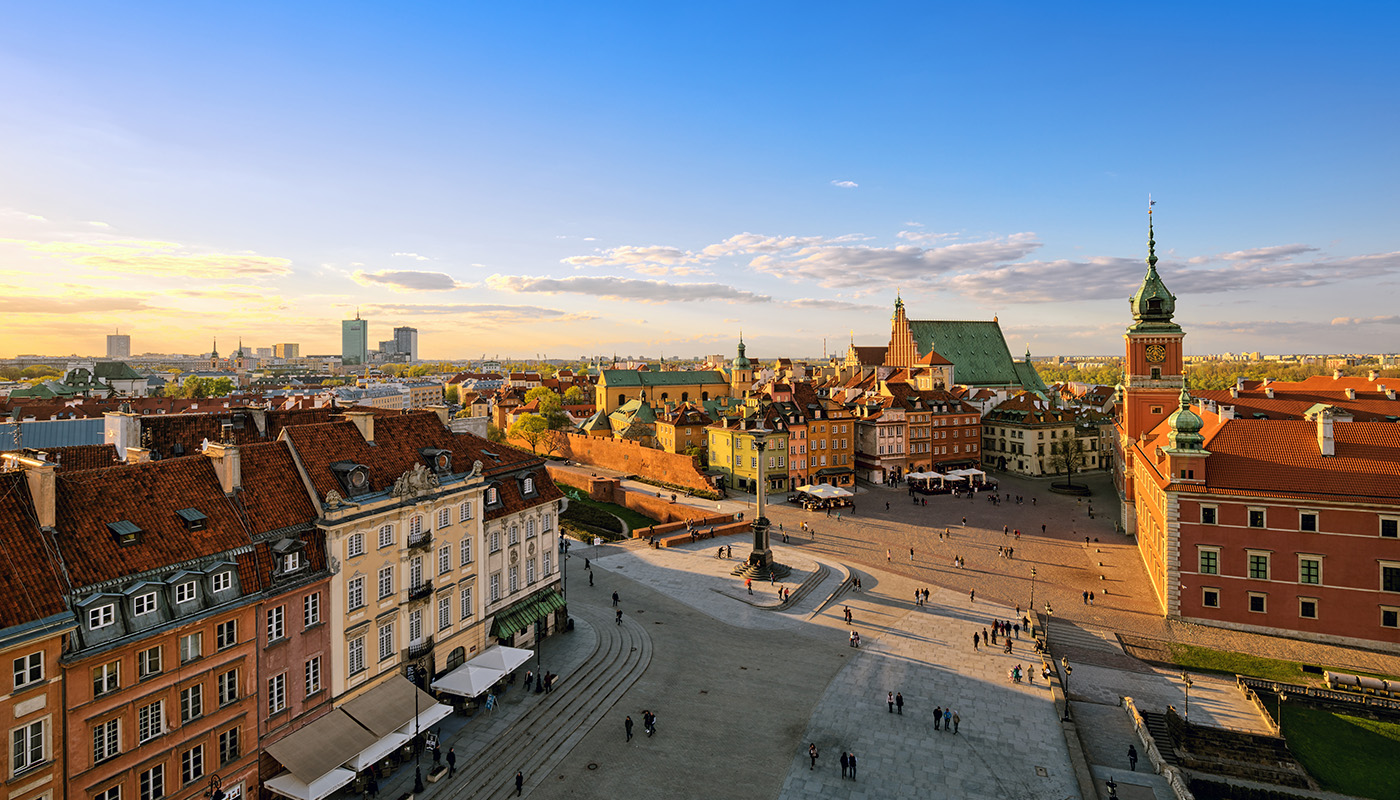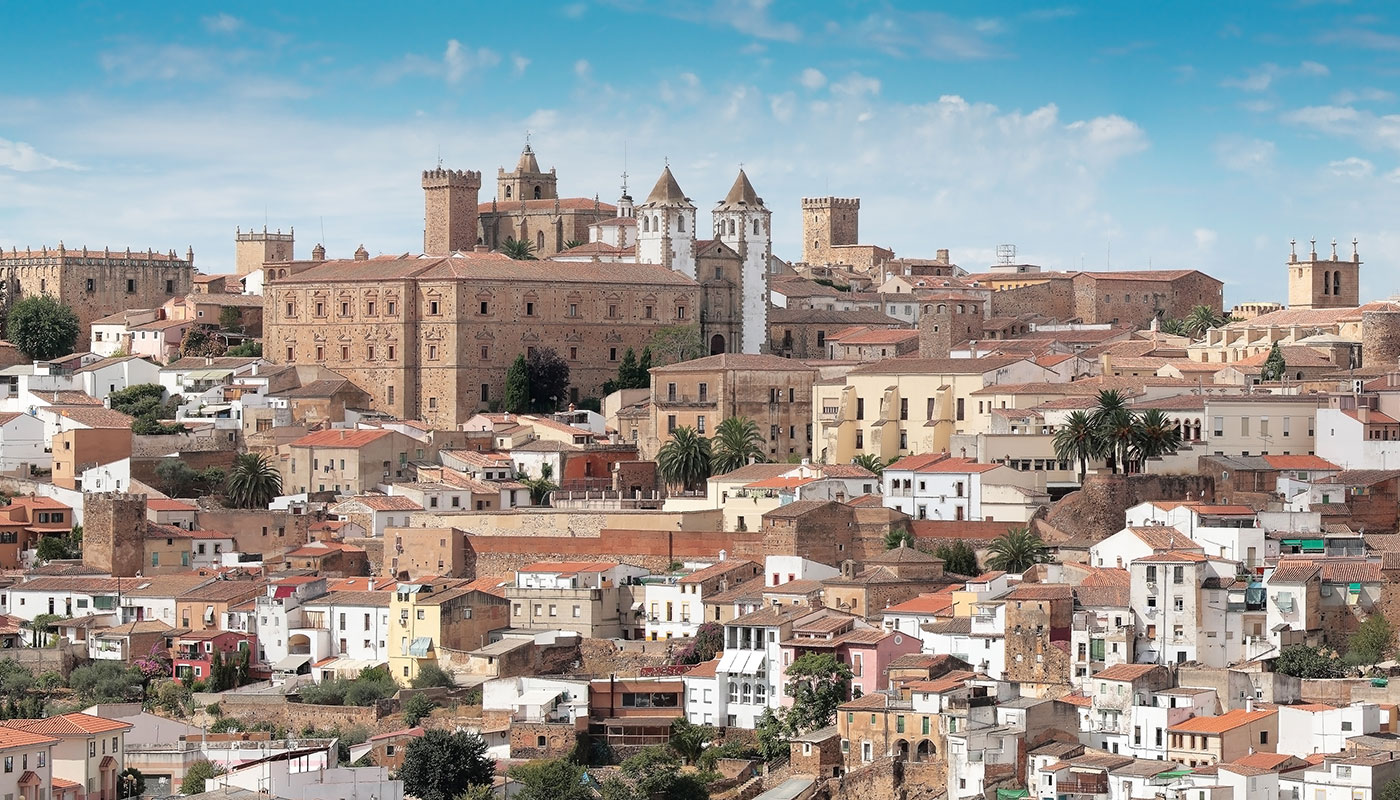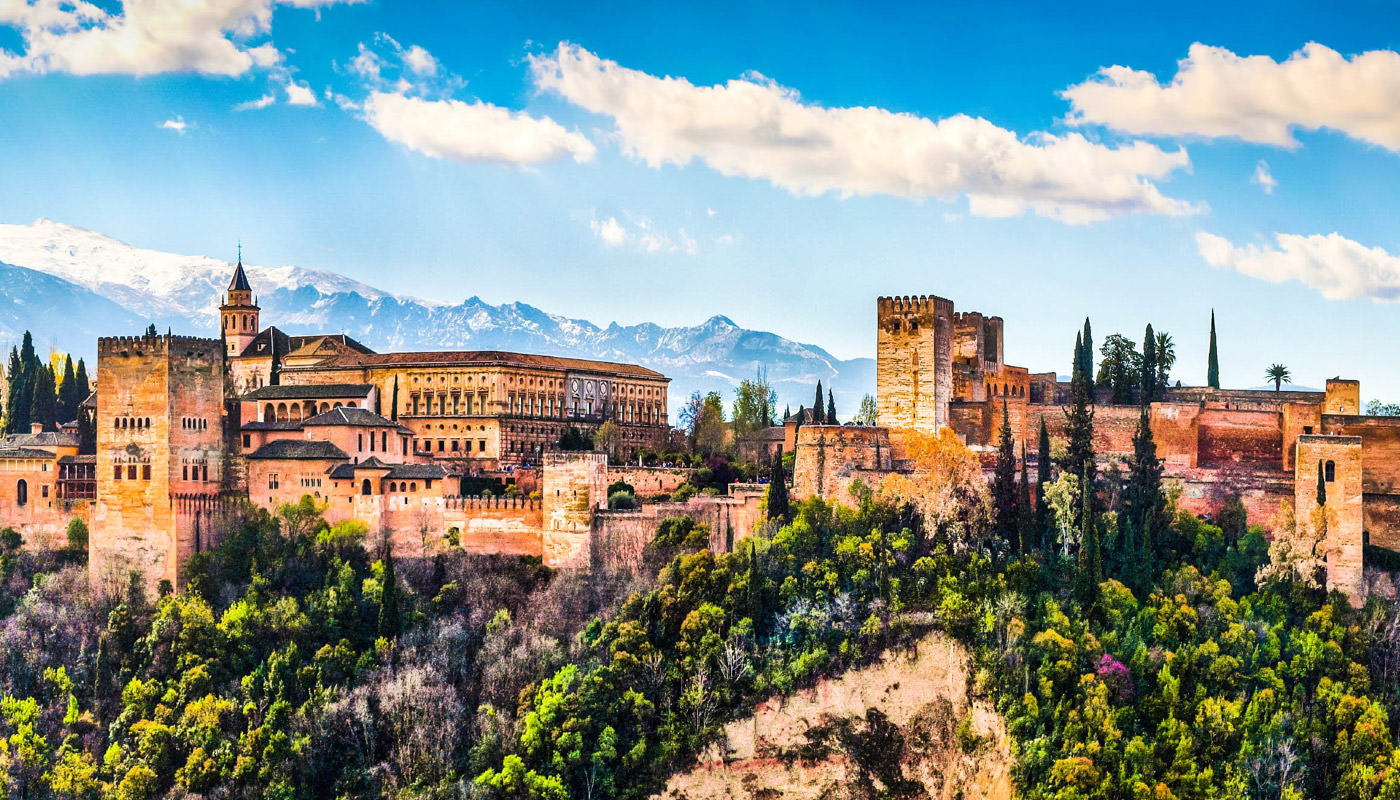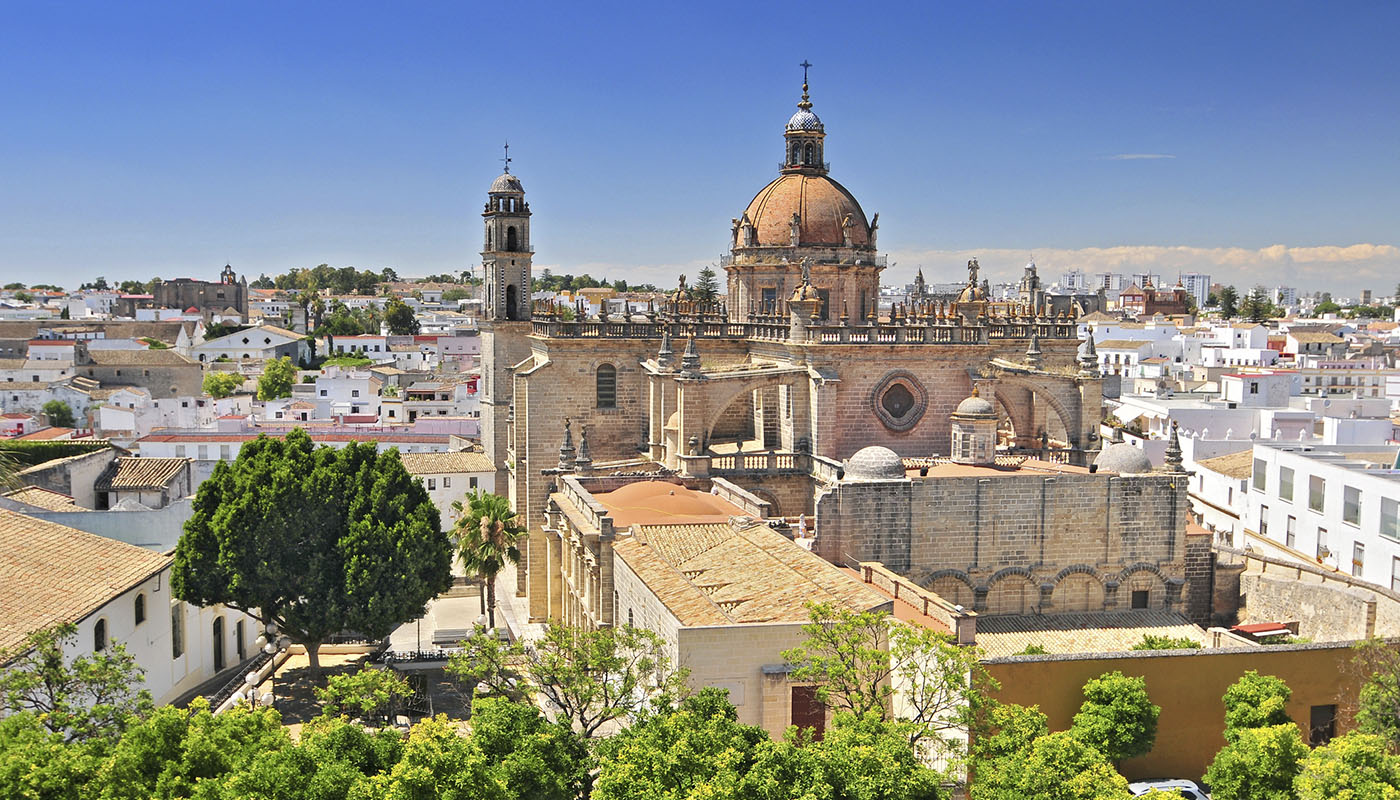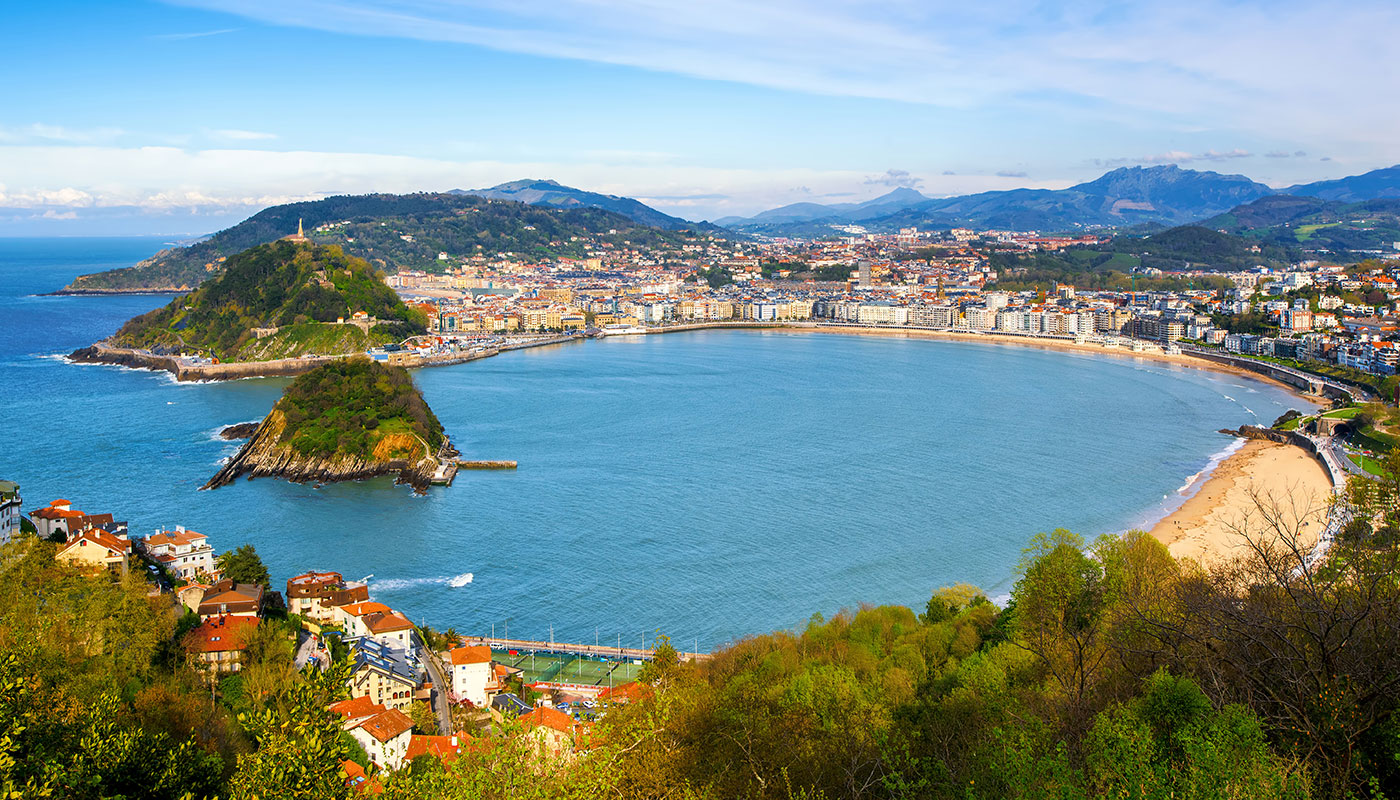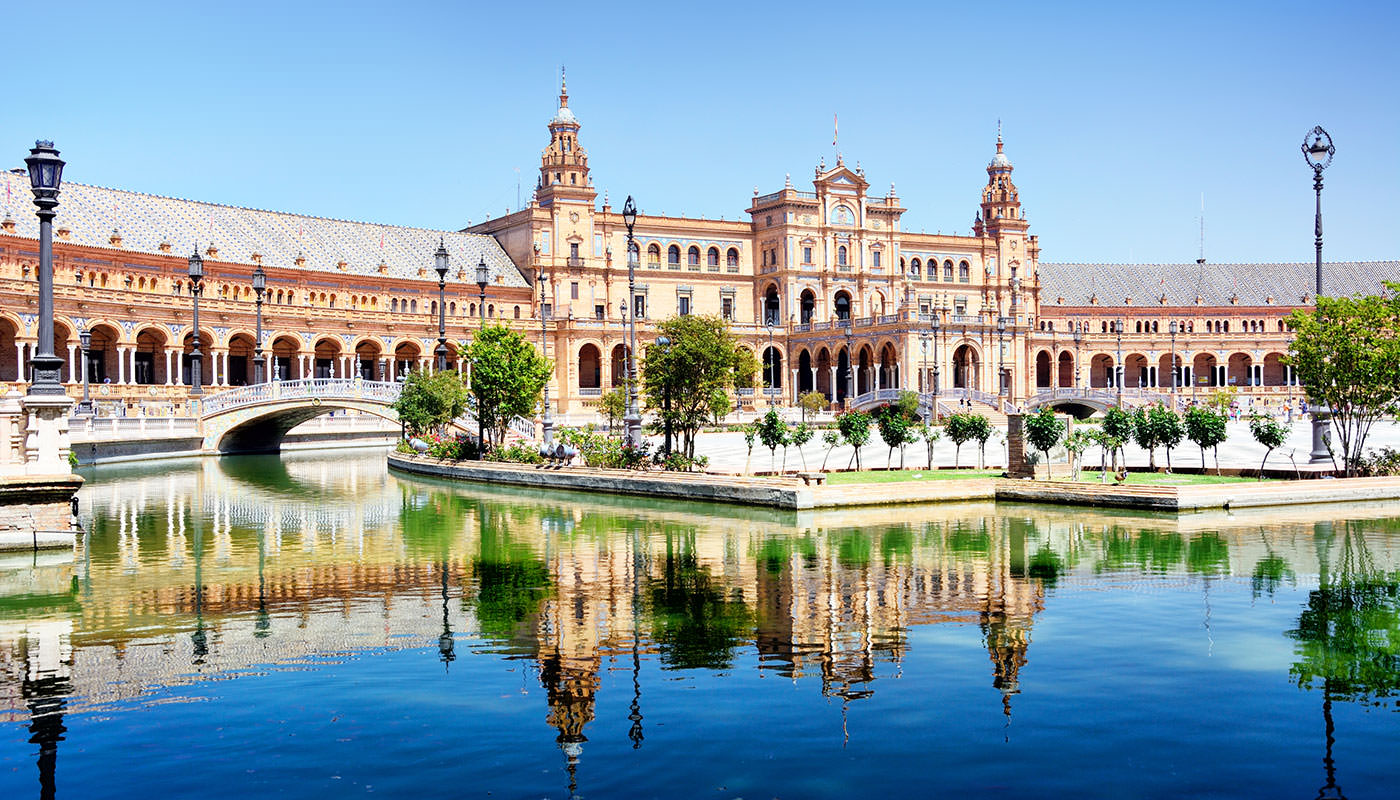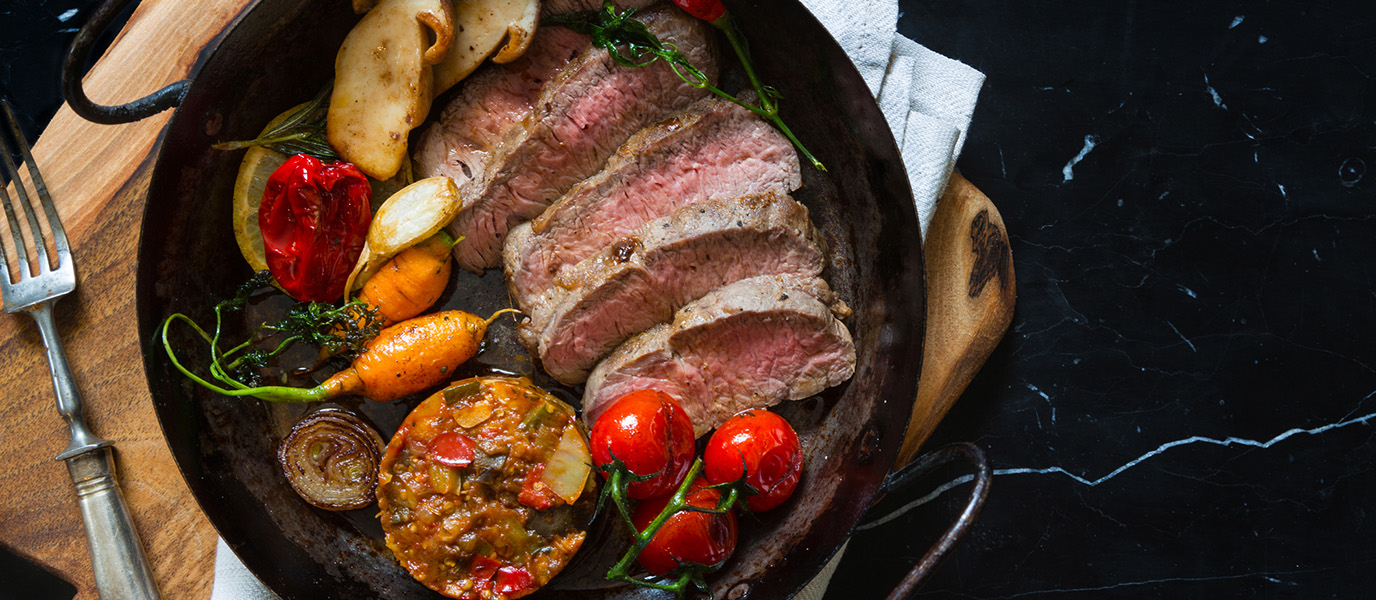Slovenian cuisine, shaped by landscapes that range between the Alps, vineyards and Adriatic coastlines, is a fascinating crossroads of Slavic, Austro-Hungarian, Italian and Balkan traditions. This cultural richness is reflected in food that combines the ruggedness of the mountains with the freshness of the coastal regions, offering a variety of dishes that are true culinary treasures. In Slovenia, each dish has its own history, and each region its own speciality. From hearty stews that bring comfort during Alpine winters to traditional confectionary for celebrating festive occasions, Slovenian cuisine is steeped in authenticity and flavour. On this culinary tour we explore some of the most iconic dishes that are not to be missed.
Štruklji: tradition rolled up in layers
Štruklji is one of Slovenia’s oldest and most versatile dishes, found in all regions and prepared in many different ways. A type of stuffed dumpling, it can be served both sweet and savoury, making it a suitable choice for any occasion.
Štruklji was traditionally prepared in peasant households as a festive dish. The dough, which may be made of wheat or buckwheat flour, is rolled out very thin and filled with ingredients such as cottage cheese, walnuts, apples, spinach or even meat. It is then rolled, boiled, baked or fried, depending on each region’s traditional recipe.
The most popular versions include cheese štruklji, accompanied by cream sauce, which is a must in traditional Slovenian restaurants, especially in the Carniola region. Each mouthful is a gateway to the country’s rural roots and a tribute to its inventive peasant cuisine.
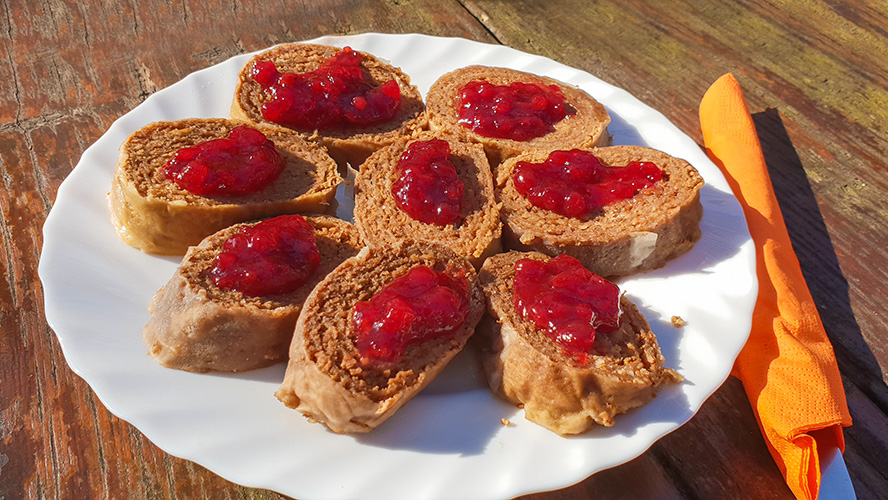
Golaž: The legacy of Hungarian kitchens
Although it is Hungarian in origin, golaž has become an essential stew in Slovenian cuisine, especially during cold winters. Similar to goulash, the dish combines beef, onion, paprika and spices, simmered for a tender texture and deeply comforting flavour.
Golaž in Slovenia is adapted according to local ingredients and regional preferences. An interesting variant is the hunter’s golaž (lovski golaž), typically found in mountainous areas and made with game. The dish is usually served with polenta or rustic bread, perfect for soaking up the tasty sauce. A spicier, brothier variant of goulash, typical of the Prekmurje region is bograč.
In addition to being a homemade dish, golaž is commonly found at fairs and open-air festivals, where its unmistakable aroma attracts locals and visitors alike.
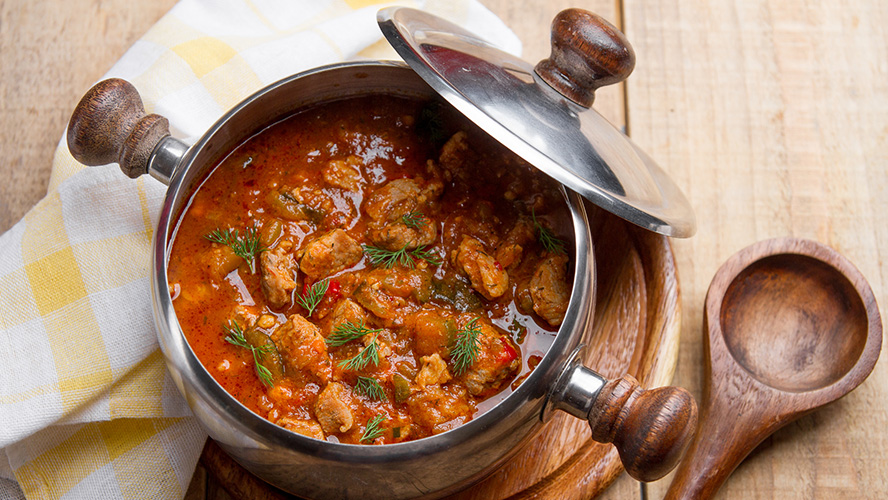
Ričet: the peasant dish for a hard day’s labour
Ričet is a traditional stew made with barley, beans, vegetables and smoked meat, especially pork ribs. The dish has its roots in the cuisine of peasants, who would make it as a frugal but filling meal to withstand a hard day’s labour.
These days, ričet remains a symbol of Slovenian cuisine, especially in autumn and winter, when warmth and substance are much needed. In some cases, it is served with wholemeal bread or pickles, adding a tart touch that contrasts with the stew’s smoky flavours.
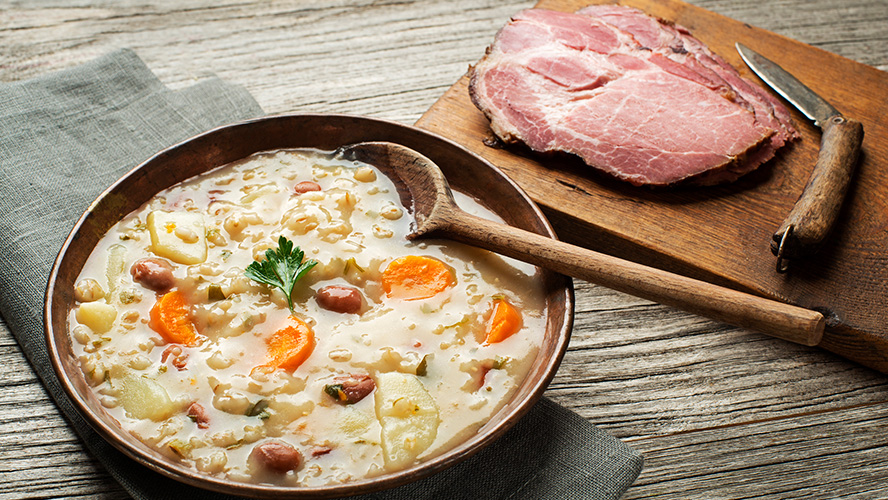
Žganci: a humble mountain classic
Considered Slovenia’s national dish, žganci is a simple recipe that is nonetheless deeply rooted in the local culture. Made with buckwheat flour, water and salt, mixed to a polenta-like texture, žganci is traditionally served with soured milk, stews or even honey, depending on whether you want it sweet or savoury.
In the mountains, the dish was essential for shepherds and peasants, as it provided energy during long days in the fields. Today, žganci is celebrated as a rustic delicacy that connects Slovenians to their humbler origins.
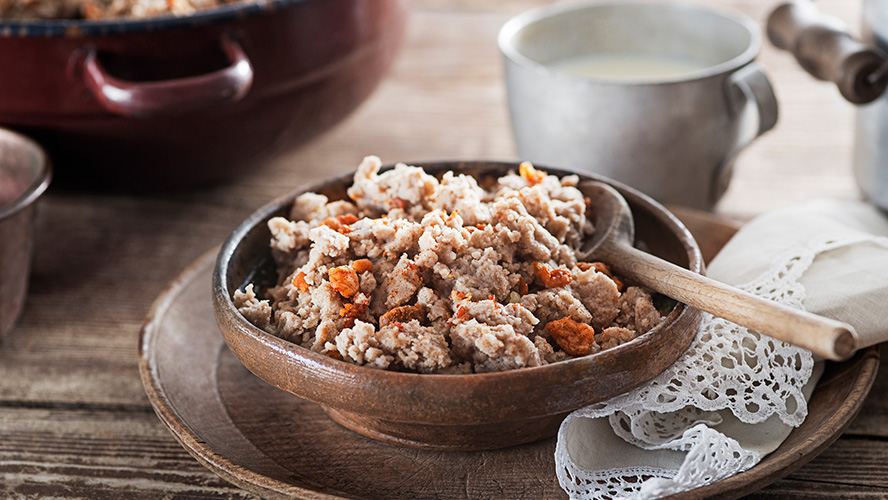
Kranjska Klobasa: the pride of Carniola
Kranjska klobasa is possibly Slovenia’s most famous sausage, recognised as a Protected Geographical Indication (PGI) by the European Union. Originating in the Carniola region, the sausage is made from pork, bacon and a spice mix including pepper, garlic and salt, and is usually served boiled or grilled, accompanied by sauerkraut, mustard or bread.
Enjoyed in taverns as well as at cultural events and open-air markets, it is a symbol of the country’s traditional cuisine.
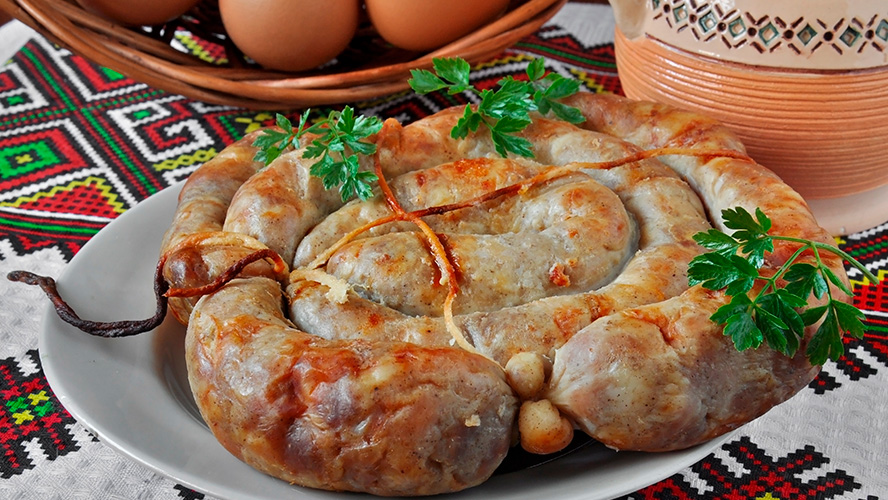
Idrijski žlikrofi: dumplings with designation of origin
Idrijski žlikrofi are small dumplings from the Idrija mining region. Protected by a European designation of origin, they are made according to a specific recipe, filling the dough with a mixture of potatoes, onions and bacon, formed into the shape of a small hat and usually served with meat sauces or in stews.
The most famous version, however, is served with a rich lamb sauce. The dumplings are considered an art form and a festival is held each year in Idrija in their honour.
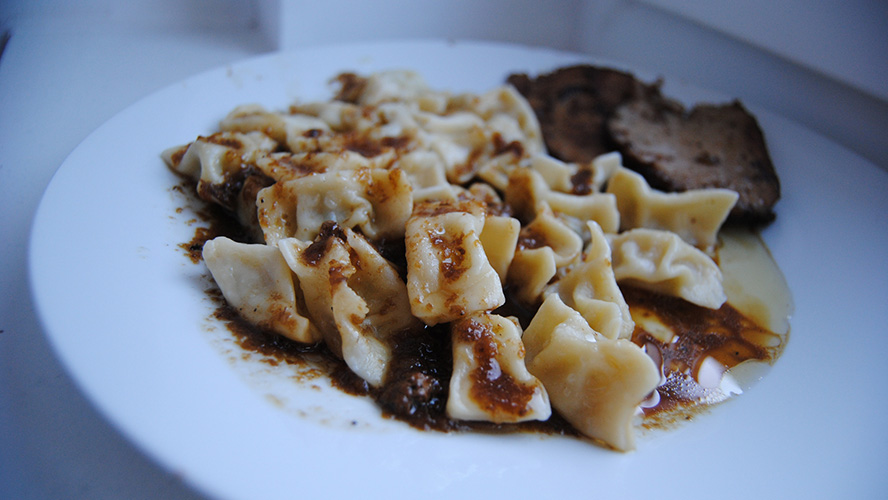
Prekmurska gibanica: a sweet masterpiece
When it comes to desserts, prekmurska gibanica is Slovenia’s most iconic dish. This multi-layered cake combines walnuts, poppy seeds, apples, sultanas and curd cheese between thin layers of filo dough, creating an irresistible contrast of textures and flavours.
Originating from the Prekmurje region, the dessert is served on special occasions and holidays. Requiring patience and skill to prepare, it is a symbol of Slovenian hospitality.
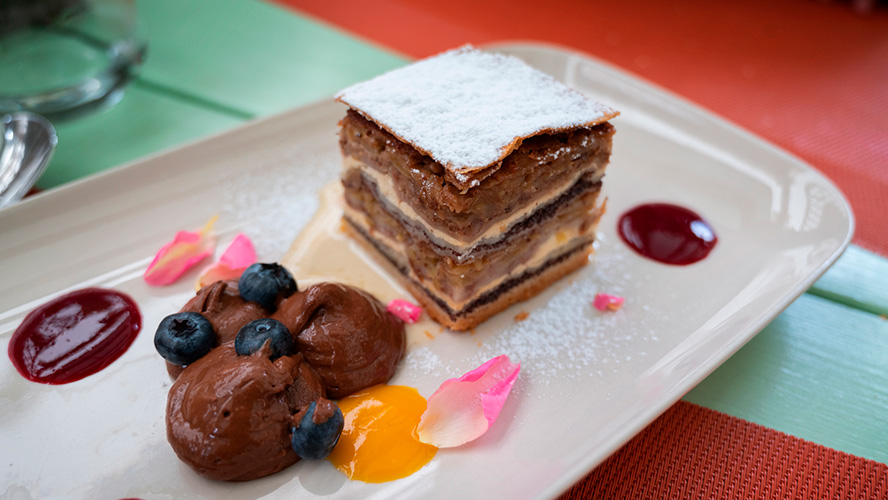
Traditional drinks: Slovenia’s spirit in a glass
Slovenia has a wine-growing tradition dating back more than 2,000 years and its wines are considered among the best in Europe. The Primorska, Podravje and Posavje regions produce grape varieties such as Rebula, Teran and Cviček, which pair perfectly with the local cuisine.
In addition to wine, the honey liqueur called medica and the plum brandy known as slivovka are popular with locals. Often homemade, the beverages reflect the ingenuity of Slovenians in using the natural resources provided by their land.

Traditional sweet treats: small bites of heaven
In addition to prekmurska gibanica, other sweets such as potica, a roll filled with nuts or poppy seeds, and sweet štruklji are a must for those with a sweet tooth. Honey biscuits and fruit cakes are also common in local bakeries.
